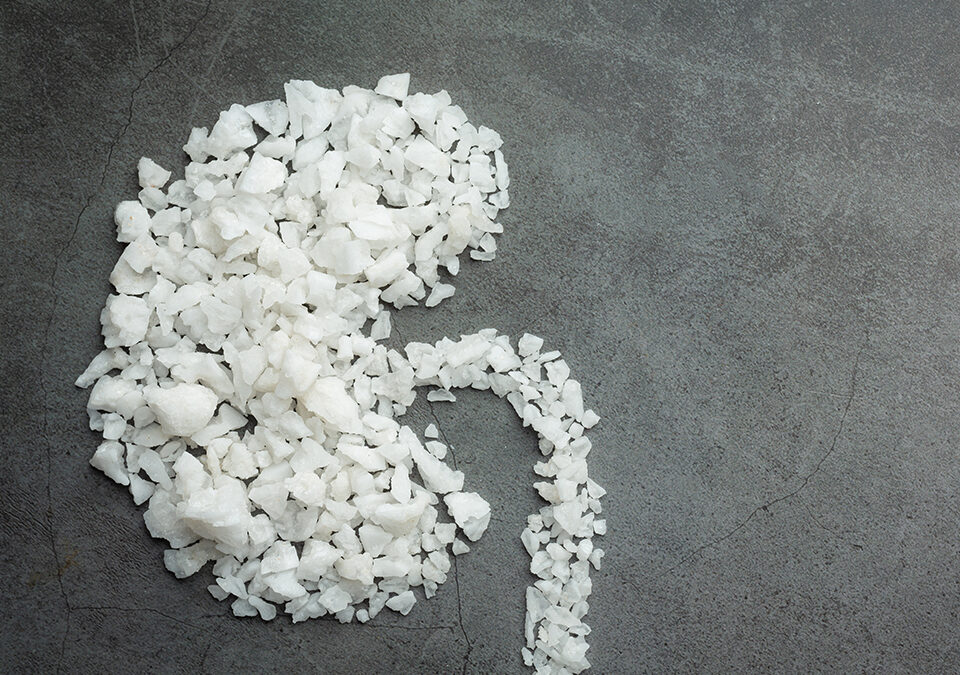
Diabetes First Aid Essentials
February 28, 2022
Why Women With Diabetes Are At Higher Risk Of Heart Disease
February 28, 2022Diabetes ketoacidosis (or DKA) is a grave complication of diabetes and can be quite life-threatening. This complication of DKA occurs more commonly in individuals with type 1 diabetes. That said, those with type 2 diabetes can also develop DKA.
DKA occurs when your body does not have sufficient insulin to allow blood glucose to enter your cells to be eventually used for energy. Instead, your liver is then responsible to break down fat as a source of fuel, which is a process that involves production of acids known as ketones.
When too many ketones are produced too rapidly, there can be a dangerous build-up of their levels in your body.
Causes Of DKA
Extremely high blood sugar levels and low levels of insulin can lead to DKA. Two of the most common causes include:
- Illness: When you become ill, you may not have a tendency and appetite to eat or drink as much as usual, which can make it extremely difficult to manage your blood sugar levels.
- Other causes include missing out on insulin shots, clogging of the insulin pump, or injecting the wrong insulin dose.
Other Diabetes Ketoacidosis Causes
- Stroke or Heart Attack
- Physical injury (such as from a vehicle accident)
- Use of alcohol or drugs
- Certain medications (such as diuretics or corticosteroids)

How To Treat Diabetes Ketoacidosis
If you have developed DKA, you will be treated in all likelihood in an emergency room or admitted to a hospital. Some of the standard treatment procedures include:
- Successful replacement of fluids that are lost through frequent urination in addition to dilution of excess blood sugar
- Replacement of electrolytes (minerals present in your body that help in the optimum functioning of your brain, nerves, heart, and muscles). Extremely low levels of insulin in your blood can lower the levels of electrolytes.
- Intake of insulin: Insulin successfully reverses the conditions and factors that eventually cause DKA.
- Intake of medications to treat an underlying illness that may have caused DKA. These medications may include antibiotics, which help in treating infections.
Let’s take a closer look at the several treatment procedures for DKA.
- Fluid Replacement
After determining the hydration levels in the individual, intravenous fluid replacement should commence. There should also be accurate monitoring of cardiac status, fluid status, output of urine, blood pressure, and electrolyte levels. Dextrose must be added if the blood glucose level decreases to 200 mg/dL.
- Insulin
To successfully correct hypoglycaemia, insulin must be added to intravenous fluids 1-2 hours post-initiation of fluid replacement. DKA is successfully resolved when the blood sugar level is less than 200 mg/dL, the pH is greater than 7.3, and the bicarbonate level is 18 mEq per L or higher. Post achievement of these levels and after oral fluids are tolerated, the individual can be started on a regimen of insulin that includes a long- or intermediate-acting insulin and a short- or rapid-acting insulin.
Prevention of Diabetes Ketoacidosis
“Is diabetic ketoacidosis curable?” is a frequently asked question. While we have stated how DKA can be treated, the focus should be on prevention because as the adage goes “prevention is better than cure.”
DKA is quite a serious condition; however certain steps can help in preventing its onset:
- Monitor your blood glucose levels, especially if you are unwell.
- Keep your blood glucose levels within the target range consistently
- Take your medications on time and as prescribed, even though you feel alright.
- Consult your doctor for insulin-dose adjustments based on your diet, your level of physical activity, or if you have developed some illness.
On A Final Note
DKA is a serious complication in those with diabetes. It can be life-threatening because of the build-up of ketones in the body. It manifests when there is not enough insulin in the body to allow cells to use glucose as energy. As a result, the liver breaks down fat as a source of fuel. Fluid replacement, insulin shots, and replacement of electrolytes are primary ways to treat DKA. That said, DKA can be prevented to a great extent by regular monitoring of blood sugar levels and keeping these levels within the target range.




